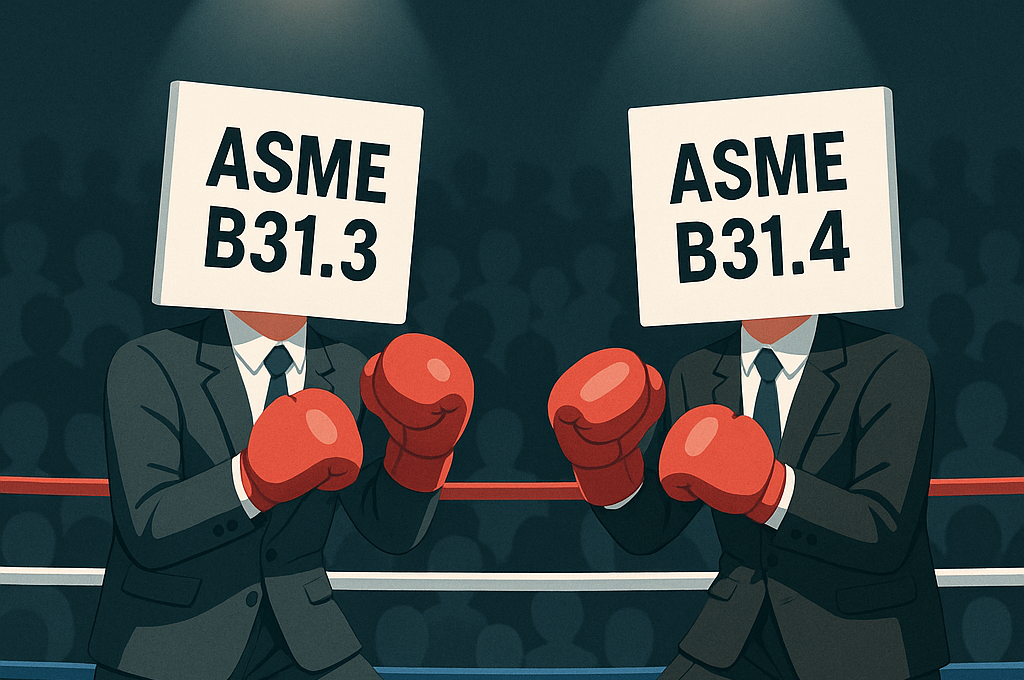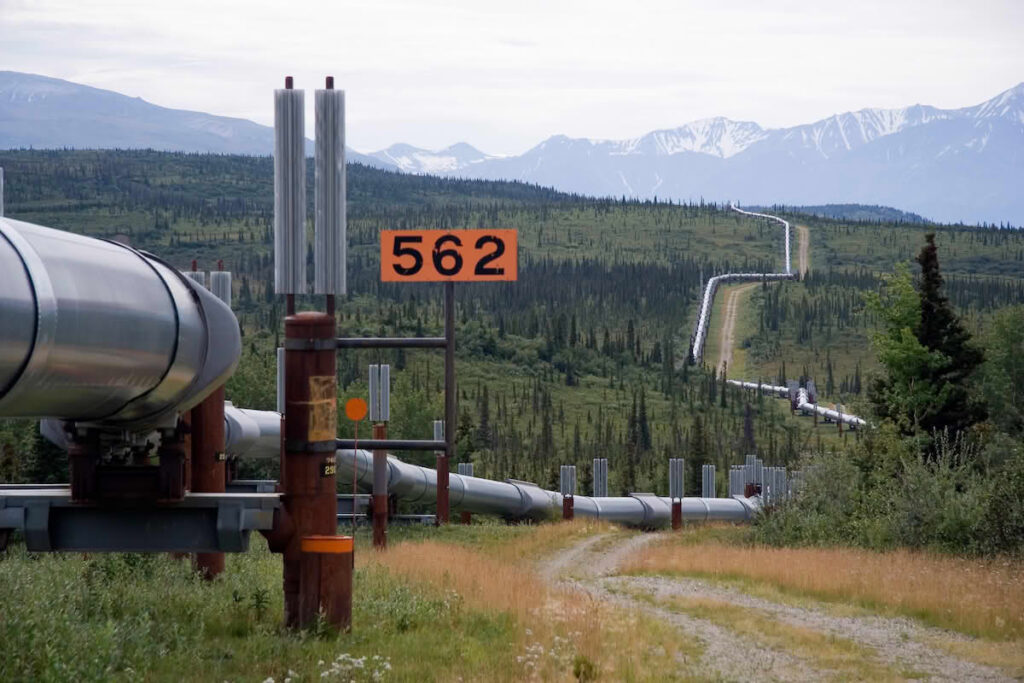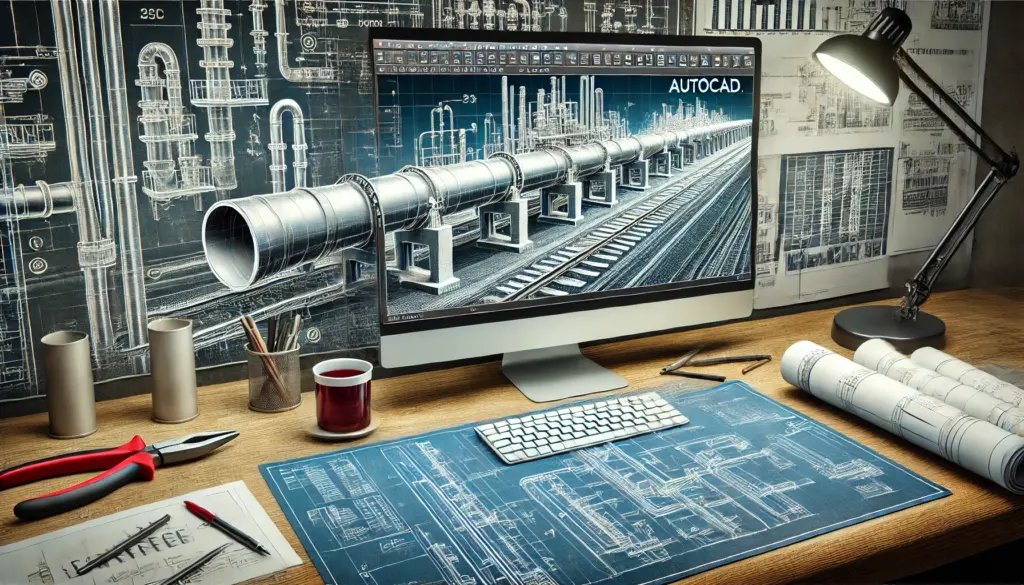Codes
A code refers to a standard officially embraced by governmental entities, carrying legal authority, or when it’s integrated into a commercial agreement.
- ASME B31.4 – Pipeline transportation systems for Liquid hydrocarbons and other liquids
- ASME B31.8 – Gas Transmission Distribution and Piping Systems
- ASME B31.3 – Process piping
Standards
A standard encompasses technical definitions and instructions guiding designers and manufacturers on “how to” proceed. These standards, ranging from concise paragraphs to extensive documents, are authored by specialists in the field. They are considered voluntary as they function as recommendations rather than legally binding regulations. ASME, for instance, releases its standards, accredits users to ensure their capacity to adhere to these standards in manufacturing, and issues stamps for products indicating compliance. However, ASME lacks the authority to compel adherence to its standards by manufacturers, inspectors, or installers; compliance remains voluntary.
Why do we need codes and standards?
To best address the answer, the following is quote from the Annual Report of the American Society for Testing and Materials (ASTM) in 1991:
Standards are a vehicle of communication for producers and users. They serve as a common language, defining quality and establishing safety criteria. Costs are lower if procedures are standardized; training is also simplified. And consumers accept products more readily when they can be judged on intrinsic merit.
ASME is among numerous professional and technical organizations collaborating to uphold the foundation of the contemporary world. Their accomplishments are best underscored by the general public’s unawareness of their efforts. The voluntary system of codes and standards has brought stability to essential aspects of modern life. For instance, when you attend a movie, the projector employs standardized components that seamlessly fit together and can be easily replaced. Whether it’s your mobile, TV, computer, hand tools, or sports equipment, nearly all modern devices for personal enhancement and entertainment adhere to one or more engineering standards. These standards are meticulously crafted and documented, continuously refined by engineers and colleagues in the field.
Important codes and standards in pipeline engineering
The following table highlights the international standards associated with each pipeline component:
| Description | Induction Bends | Pipeline Isolating Joints | Pig trap systems | Pipeline Ball Valves |
| International Standards | API 5L Specification for Line pipe / Petroleum and natural gas industries – Steel pipe for pipeline transportation systems + ASME B31.4 Pipeline Transportation Systems for Liquids and Slurries + ASME B31.8 Gas Transmission and Distribution Piping Systems | ASME Section VIII, Division 1 ASME Boiler and Pressure Vessel Code + ASME Section IX Welding and brazing qualifications + ASME B16.25 Butt welding ends + ASTM A182 Standard Specification for Forged or Rolled Alloy and Stainless Steel Pipe Flanges, Forged Fittings, and Valves and Parts for High Temperature Service | API 5L / ISO3183 Specification for Line Pipe + ASME B16.5 Pipe Flanges and Flanged Fittings + ASME B16.9 Factory-Made Wrought Butt welding fittings + ASME B31.4 Pipeline Transportation Systems for Liquids and Slurries + ASME B31.8 Gas Transmission and Distribution Piping Systems + ASME Sect. VIII Division 1 Boiler and Pressure Vessel Code | ASME B31.4 Pipeline Transportation Systems for Liquids and Slurries + ASME B31.8 Gas Transmission and Distribution Piping Systems + ASME B16.47 Large Diameter Steel Flanges, NPS 26 through NPS 60 + ASME B16.5 Pipe Flanges and Flanged Fittings, NPS ½ through NPS 24 + ASME B31.3 Chemical Plant and Petroleum Refinery Piping + ISO15156 Materials for use in H2S-containing environments in oil and gas production + API 6D Specification for pipeline valves + API 6A Specification for Wellhead and Tree Equipment |
| Shell DEP Standards | – | – | – | – |
| Description | HSS | GRE System | PE liner system | Pipeline Cleaning pigs |
| International Standards | ASME B31.4 Pipeline Transportation Systems for Liquids and Slurries + ASME B31.8 Gas Transmission and Distribution Piping Systems | API 15HR Specification for High Pressure Fibre glass Line Pipe + ASME B16.5 Pipe Flanges and Flanged Fittings + ASME B31.4 Pipeline Transportation Systems for Liquids and Slurries + ASME B31.8 Gas Transmission and Distribution Piping Systems + ISO 14692 Petroleum & Natural Gas Industries – GRE Piping | API 5L / ISO3183 Specification for Line Pipe + ASME B16.9 Factory-Made Wrought Butt welding fittings + ASME B31.4 Pipeline Transportation Systems for Liquids and Slurries + ASME B31.8 Gas Transmission and Distribution Piping Systems + ASME Sect. VIII Division 1 Boiler and Pressure Vessel Code | ASME B16.5 Pipe flanges and flanged fittings + ASME B31.4 Pipeline transportation systems for liquids and slurries + ASME B31.8 Gas transmission and distribution piping systems + ISO 4427 Polyethylene (PE) pipes for water supply – specifications + ISO 13479 Environmental stress crack resistance + ISO 9969 Thermoplastic pipes- determination of ring stiffness |
| Shell DEP Standards | – | – | – | – |
| Description | Linepipe (CS/DSS) | Pipeline Fittings | Pipeline Flanges | Pipeline Split Tees |
| International Standards | API 5L Specification for Line pipe / Petroleum and natural gas industries – Steel pipe for pipeline transportation systems + ASME B31.4 Pipeline Transportation Systems for Liquids and Slurries + ASME B31.8 Gas Transmission and Distribution Piping Systems + ASME B36.10 M Welded and Seamless Wrought Steel Pipe | ASME B16.9 Factory-Made Wrought Butt-welding Fittings + ASME B31.4 Pipeline Transportation Systems for Liquids and Slurries + ASME B31.8 Gas Transmission and Distribution Piping Systems + ASTM A105 Carbon Steel Forgings for Piping Applications + ASTM A234 Piping Fittings of Wrought Carbon Steel and Alloy Steel + ASTM A182 Standard Specification for Forged or Rolled Alloy and Stainless Steel Pipe Flanges, Forged Fittings, and Valves and Parts for High Temperature Service + ASTM A815 Standard Specification for Wrought Ferritic, Ferritic/Austenitic, and Martensitic Stainless Steel Piping Fittings + ASTM A860 Standard Specification for Wrought High-Strength Ferritic Steel Butt Welding Fittings | ASME B16.5 Pipe Flanges and Flanged Flanges + ASME B16.48 Line blanks + ASME B31.4 Pipeline Transportation Systems for Liquids and Slurries + ASME B31.8 Gas Transmission and Distribution Piping Systems + ASME B36.10 Welded and Seamless Wrought steel pipe. | ASME B31.4 Pipeline Transportation Systems for Liquids and Slurries + ASME B31.8 Gas Transmission and Distribution Piping Systems + ASME V B&PV Code Section V, Non-Destructive Examination + ASME VIII Div.1 B&PV Code Section VIII, Pressure Vessels + ASME IX B&PV Code Section IX, Welding and Brazing Qualifications + ISO15156 Materials for use in H2S-containing environments in oil and gas production |
| Shell DEP Standards | DEP 31.40.30.31-Gen Specification for Line pipe / Petroleum and natural gas industries | – | – | DEP 31.38.60.10 Hot-Tapping on Pipelines, Piping and Equipment |





